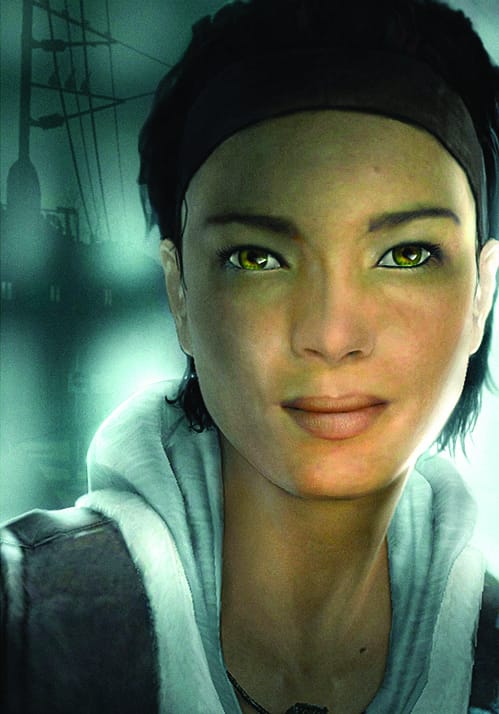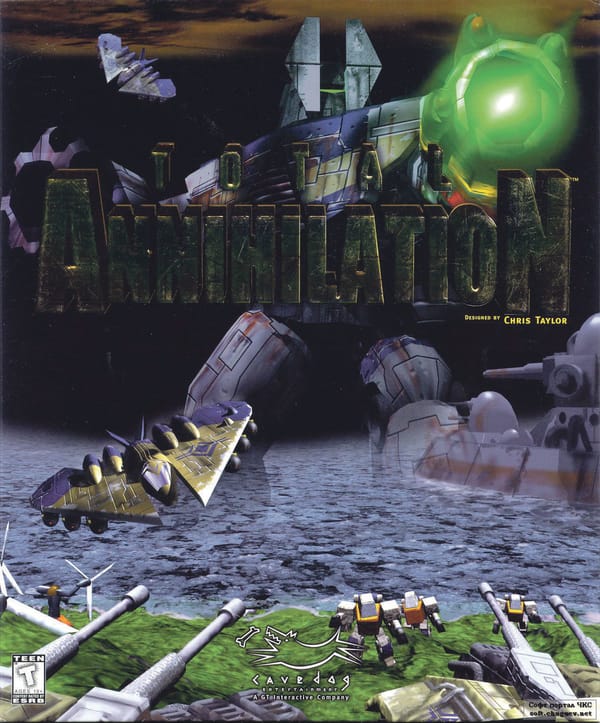Games by Angelina: Artificial Intelligence and game design
Laurence Pope takes some time out to chat to Michael Cook, a PhD student designing an A.I. software program, Angelina, that can create games all by itself
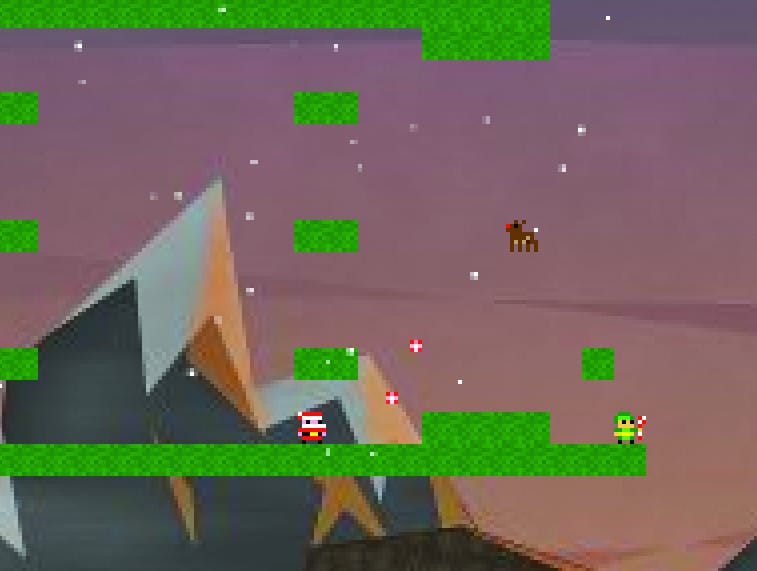
Laurence: So, first question, for someone who’s never heard of Angelina, how would you best describe it? Mike: Angelina is just a piece of software, exactly like any other kind of application on your computer. It needs a lot more resources to run, and what it essentially does is I set a few parameters, let it run, and it emails me when it’s done to let me know when a new game has been produced. Inside there there’s all kinds of artificial intelligence going on to produce these games. It’s really just your average bit of code running on the PC.
L: What was it that prompted you to look into A.I. and base your research on this sort of software? M: I’ve always played video games, and they’ve always been an interest, but A.I. in particular became of interest to me when I started computer science at Imperial. There are a few streams you can go down in computer science, but for me it was always about the logic and making computers do really unusual things. Video games are already an exotic thing for a computer to do anyway, procedurally generated worlds, things like that.
L: I’ve read a couple of the articles that have already been written, and I got the impression Angelina was very much in silico Darwinism. Would that be a fair assessment? M: I often relate it back to natural evolution, because I think it’s a good touch point for people to understand computational evolution, and there are a lot of similarities. It’s probably best to talk about Angelina’s evolutionary processes.
Computational evolution is a very common A.I. technique used all over the place; medicine, engineering, pharmacology, all kinds of stuffs. It’s been used in games before, so it’s not something new in that sense, we’re just using it in a different way. In essence it’s very much like evolution in the real world. It’s not really directed, there’s no intentionality, at each step it’s not clear where the program’s moving. It’s only when you step back and look at Angelina as a whole that you can understand where it was headed. It’s just like evolution in the real world – it doesn’t have a real goal, it’s just a process that happens naturally.
It has helped to think of this as an evolutionary process, because normally evolutionary processes in computing are just one thing, one species of animal, but in Angelina we have multiple species evolving alongside one another, and they exert pressures on one another, just as two species would in a natural environment. So if a level design starts to tend toward a particular feature the power ups will have to alter their design to compensate for that.
L: At the moment Angelina can’t add in graphics or audio on its own. What’s the raw product look like before you spruce it up? M: It looks pretty much like the Santa games up on my website now. It’s the stock stuff sitting there just waiting to be used. I often put in a lot of the visual touches later, especially if I’m making a game for something like the New Scientist game. If you go back further, before the platform games, you can see what they were really like, when they were simplistic, little more than basic coloured shapes on the screen.
In a way I feel that some of the coverage I’ve gotten has been a little cheap; the screenshots make it look very clever, but I did all that art. The good thing is my PhD supervisor, Simon Colton, does lots of work in A.I. generated art, so we’re going to look into ways to get Angelina to be a bit artier in future all by itself.

L: So it’s likely that Angelina will soon be able to add in simple graphics all by itself, but what about higher resolution stuff? For example, do you think Angelina will be able to create a game as visually rich as Team Fortress 2? M: Yes, eventually. The idea of computational creativity is quite interesting, because researchers like ourselves are struggling with defining a grade of creativity. For instance, writing the Felix article you’re going to write requires a certain level of creativity, but reading it also requires a certain level as well in order to visualise some of the things you’re discussing. Now you could argue that they’re two quite different levels of creativity, one being much higher than the other. Currently, some aspects of Angelina feel creative, but we don’t really consider the system very creative at all.
You could go some steps up and have Angelina design artwork based on existing things in the world. It could say look on Google images of images of people or soldiers and restyle them in a particular painting style. That would be one form of creativity.
To generate the kind of high-quality art style seen in TF2 from scratch would take a very long time, but definitely Angelina will start to make strides towards that eventually. 8-bit is just a convenient start point.
L: You’ve said before you believe Angelina has benefit for game designers, but do you think it has any use outside of that? M: It’d be better to say research like Angelina, as I’m obviously not the only person looking into this sort of A.I. There’s a bunch of different ways I hope it’ll affect the games industry.
One of the ways as you say is that it’ll give designers more powerful design tools to work with. Secondly, from the opposite end of things, which is that people like you or I will be better able to design games, because tools like Angelina will be able to boost people up, just like Photoshop has boosted my photoediting skills in general. It’ll help us make more intelligent and interesting games for ourselves, which are still designed but are amplified by the effects of intelligent tools.
Thirdly I hope that’ll lead to really interesting games, and that’s a benefit for everyone. In computational creativity we often think about how A.I. can emulate existing human creativity. We talk about how A.I. artists could paint paintings that humans might, or design games that designers might. A.I. might offer another form of creativity, games which humans could never make themselves, games that can redesign themselves live to make new challenges, artworks that are composed of thousand and thousands of tweets, tasks that are so immense only a computational program could synthesise them. It’s interesting because it could lead to new genres of games or new mechanics that we might never have thought of.
Hopefully, as researchers get closer to the public a lot of our research will get released for free, and a lot of our games are released for free. Certainly I hope to release everything about Angelina for free, not just the games but also in time the code behind it as well. That has huge knock-on effects for everyone.
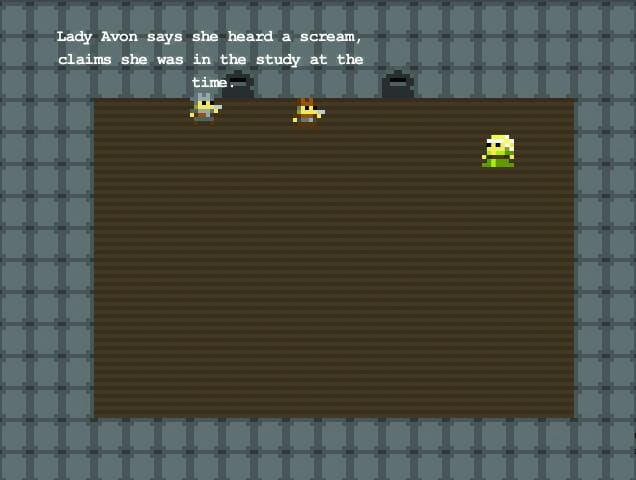
L: Let’s have a think about the app market for a moment. Do you think that if a designer could press a button and have a game pumped out with no work that the market would be flooded, especially if you plan to release the code for free? M: Some people have claimed I’ve been quite naïve for saying that I don’t believe it’ll have that effect on the app market, and I think there is an element of naïvity in there somewhere. It’s impossible to think that these won’t have an effect on people, because in a sense the app market has already experienced these problems before, in that it’s already quite easy to make a basic app. If we make that process even easier we’d certainly see flushes of very simple apps. One of the next projects I’m working on with Angelina is puzzle games, and I’ve already realised that the kind of complexity we could potentially create, those apps are already being sold now for £0.69. It would not be beyond the stretches of imagination to have Angelina do that.
If that were to happen, I hope that what we would see is that the minimum level of what we consider interesting would rise. It would no longer be interesting to us to see the next Zynga game, and that could be a great thing. It might be that in the future Angleina would be on everyone’s computer, and they could push a button and let it make a game for them, so that they don’t have to spend £0.69 on another.
Then, people would take an interest in games that are truly creative and truly inventive. Of course, the question is what would happen when Angelina pushes up to that level, if it ever could. My feeling is that as A.I. becomes more sophisticated and more able to create, hopefully it will only serve to highlight what we value in human creativity.
For me people like Edmund McMillen, who made Super Meat Boy and The Binding of Isaac, and Derek Yu, who made _Aquaria _and Spelunky, those people communicate something very unique through their games, something very deep about who they are. I’ll always be interested in buying their games, and I don’t think an A.I. could ever replicate that connection between me and the designer.
Games like Battlefield 4 are going to be highly mechanical games. There’s going to be a lot of equations that need balancing, a lot of weapons, generic vehicles and levels that will need to be balanced and created. Those games might find themselves being impacted by Angelina.
If you look at the indie market and the huge swathes of inventiveness, uniqueness and human connection between the games and the people that make them, they will be, if anything, the very last games to go if they should ever be affected by these tools. This is where the real art shines through. My supervisor always says “Photoshop didn’t ruin fine artists,” and I don’t think these tools will either. What they might do is flush out people who are getting away with churning out the same app every week. Maybe those people will see their incomes affected, but hopefully it’ll encourage them to go after projects they really love, rather than just chasing the current trend. Maybe it’ll be a bad thing for the industry; I really hope it isn’t!
L: For me certainly, I’ve never been a fan of those mechanical shooters that come on year on year, so I do think it’ll have a positive effect. M: Yes, and I think that eventually, whether or not these tools are released, if they become useful private companies like Activision will build their own, and they’ll have a lot of money to spend on R&D. It may be that their tools will far surpass whatever I could ever produce to make the next Battlefield, in which case you’ll see these games coming out, because they’ll always have the edge with technology.
Of course, not all creative or inventive game developers are indie; Valve’s games have a terrific personality, and those things will always be here. You can’t match them with A.I. You can’t replace that human element. Humans have slaved over their work and it shows; Angelina can’t emulate that, and nor would we want her to. That’s another question. There are a lot of things the industry are not interested in.
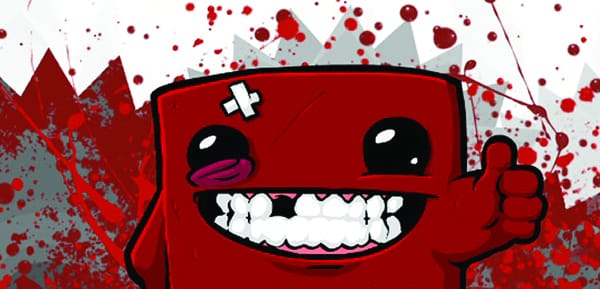
L: There was a comment made by Mark Nelson, claiming that Angelina should be more transparent, and should allow designers to change what they want. Do you believe what he says? M: Mark is a really awesome researcher, and a lot of his papers spurred on the research that I did. I kind of brought that quote on myself. When I talk about Angelina in interviews like this I often talk about it being used in conjunction with designers and things like that. Really, it’s the research around Angelina that will go on to be used. Angelina itself in an autonomous designer, it can’t be used in conjunction with human designers.
Mark on the other hand has worked on building tools that collaborate with a human. For those tools it’s very important that humans can express what they’re looking for. With Angelina it requires a lot of tinkering with the code, when I run it it doesn’t ask me what I think. There are a lot of great tools like Tanagra, a level design tool. You start to make a 2D level for a game like Mario, and as you make the level Tanagra watches and tries to work out what kind of level you’re after, and it starts to fill in the level ahead of you. You can tell it to change things, but it tries to collaborate and design alongside you.
My aim with Angelina will always be to make a designer that works on its own and designs games without me. Tools need more transparency, but Angelina doesn’t. Hopefully her research will spurn on the development of more development tools however.
L: So the final question I had – Angelina, where did the name come from? M: In computing, there seems to be a tendency for really terrible acronyms. There are many dreadful examples! Angelina’s acronym is A Novel Game-Evolving Labrat. It’s tail-recursive, which I find hilarious, but I’m not sure it’s at all funny outside of computer science departments – or even within them!
L: Thank you very much for your time. Good luck with your research! M: Cheers!



